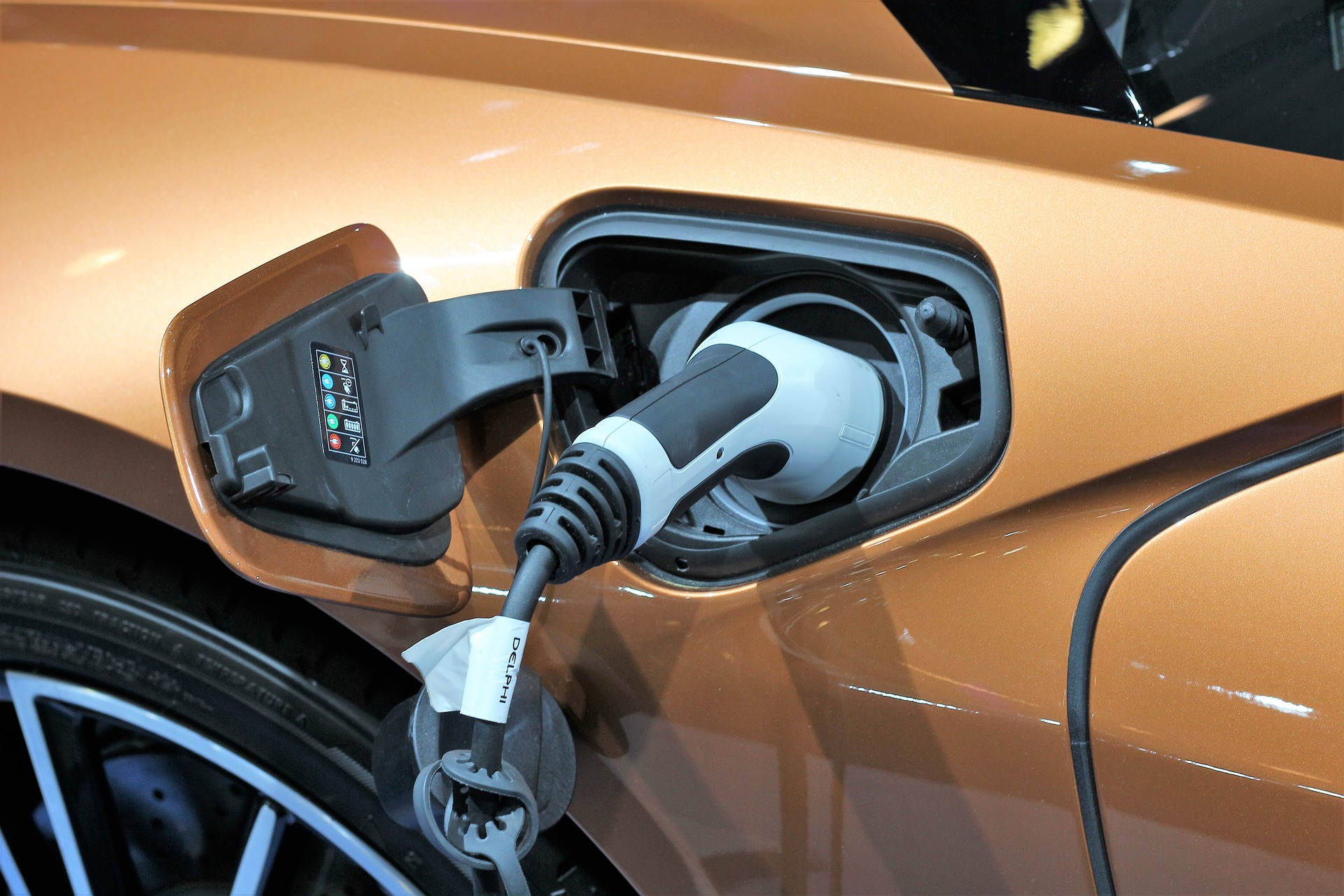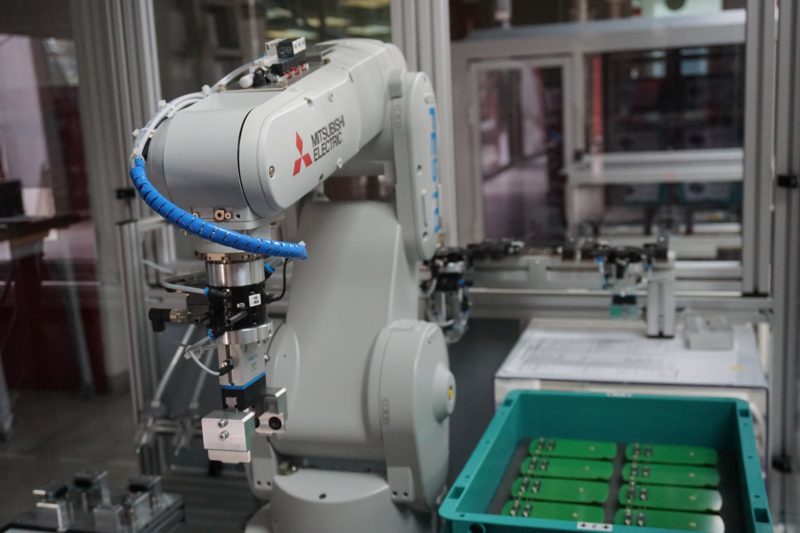E-Mobility
The e-mobility market segment is fastly growing globally, particular in Europe. Automobile manufacturers worldwide are putting their efforts into making the transition from the combustion engine into hybrid or fully electric vehicles in an effort to curb rising greenhouse gas emissions. There are several reasons for this trend, but the most important one is the need to reduce greenhouse gases in order to meet the requirements of the Paris Agreement on Climate Change. Governments and industries worldwide are taking the initiative, and in regions like the European Union, legislation is being enacted to further enable the transition to lowering emissions. EEIG is at the forefront of these trends, working together with companies throughout the e-mobility value chain to meet consumer and regulatory demand.
Electric Vehicles
Electric vehicles, or EVs for short, are categorised into Battery Electric Vehicles (BEVs), which are driven by a fully electric drivetrain, and Plug-in Hybrid Vehicles (PHEVs), which are driven by a combination of combustion engine and electric drivetrain. While there are still a relatively small number of EVs on the road, their number is expected to increase dramatically in the next decade. In fact, the European Union plans to produce 600,000 EVs by the year 2021, with global production at 2.2 million. By the year 2025 these figures will increase to 6.4 million with a potential to reach 17 million depending on several factors like consumer uptake and government subsidies related to the purchase of EVs.
By 2025, technology costs (particularly for batteries, but also for battery management systems or power electronics, etc.) will have further gone down. As a result, electrified vehicles gain in cost competitiveness compared to conventional vehicles, with combustion engine technology becoming more expensive in consequence of emission regulations.
EEIG is working with OEMs to facilitate the transition from conventional vehicles to EVs. We are able to do this through supporting the evolution of the EV value chain by focussing mainly on the raw materials needed for batteries and the battery cells themselves.

Charging Stations
In order to keep EVs charged, they need proximity to charging stations. There are currently only a very limited number of charging stations available today, but governments worldwide have set ambitious goals to expand them.
Batteries
– Maros Sefcovic
Energy Vice President of the European Commission
An electric battery consists of one or more electrochemical cells, which comprise two electrodes – an anode and a cathode – and an electrolyte. When the two electrodes are linked by a pathway that conducts electricity, electrons can flow from one to the other. When a battery is used to supply electric power, the anode provides electrons, which will – when connected by a circuit to an external device – flow and deliver energy.
The workhorse of the EV is the lithium-ion battery that powers it. EEIG is working together with its partners to bring to market state-of-the-art, high energy density batteries that will be able to compete with current global producers, who are based mainly in Asia, where China, Korea and Japan.
According to the European Union, “the creation of an EU-based battery industry is a long term strategic goal. One which we cannot expect car manufacturers to support on their own. Given the promise a long term rewards for the EU, public investment in developing the battery industry is a no-brainer.”

Research & Development
Although the components of lithium-ion batteries can be summarised into three basic parts and the only a handful of raw material components are needed to build batteries, the science behind the batteries is extremely complex. Researchers have been working for decades, continually improving the chemical composition of rechargeable batteries, their goal being to continually increase the batteries’ energy density.EEIG is working with leading R&D to continue to improve the energy densities and lifespans of lithium-ion batteries.
Contact Us
If you have any questions regarding E-Mobility, please contact us using the form below.